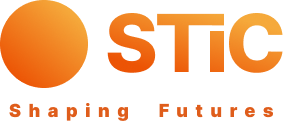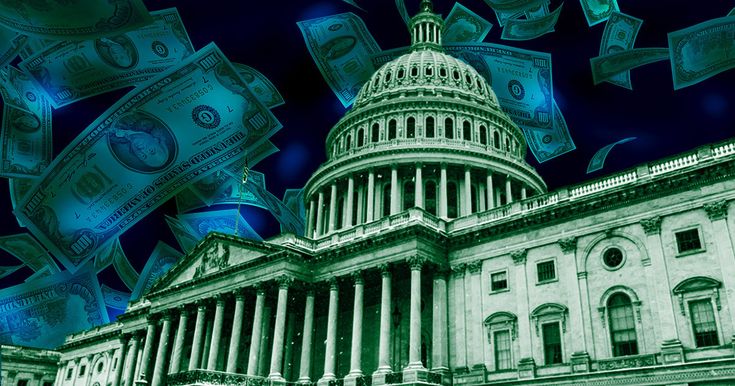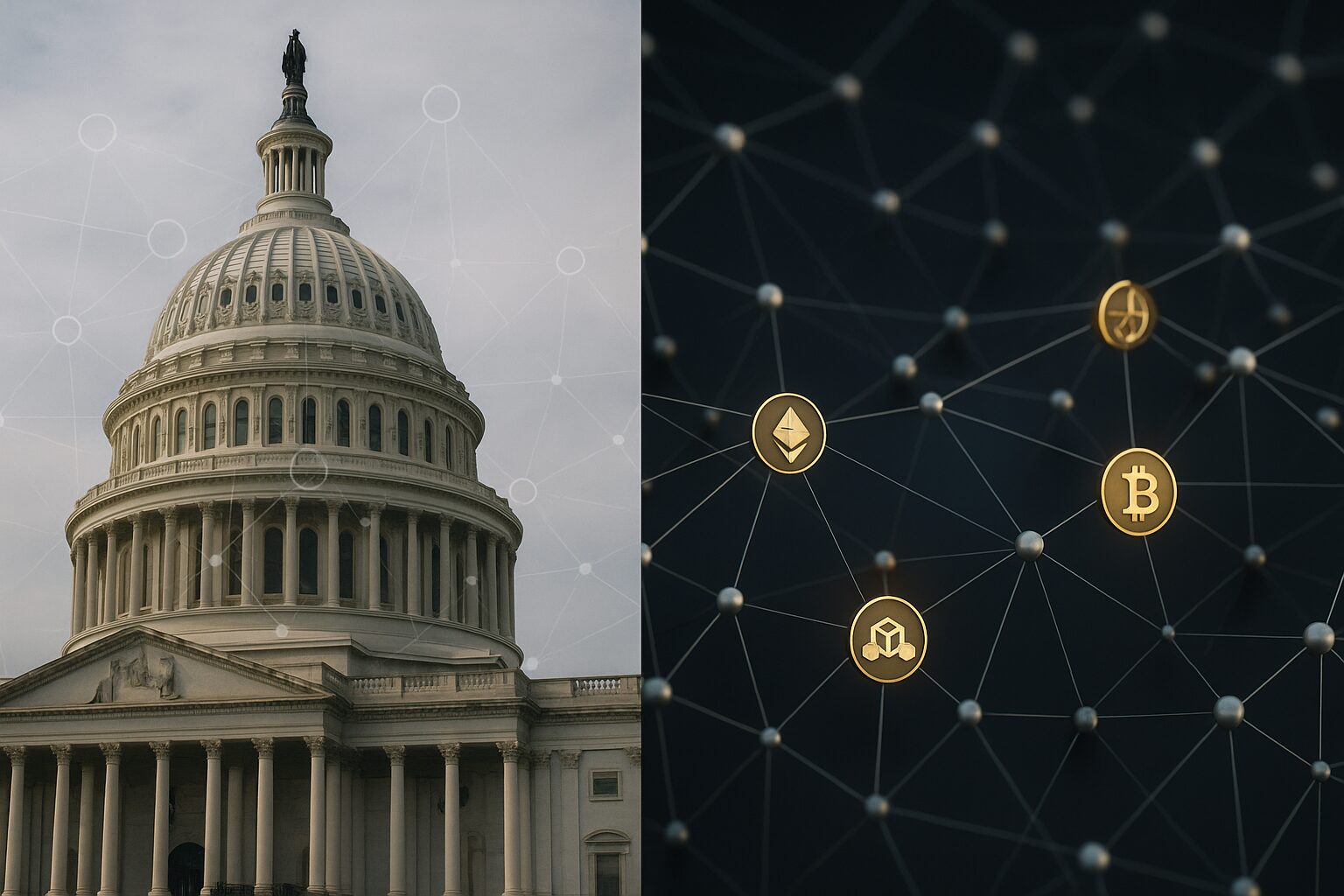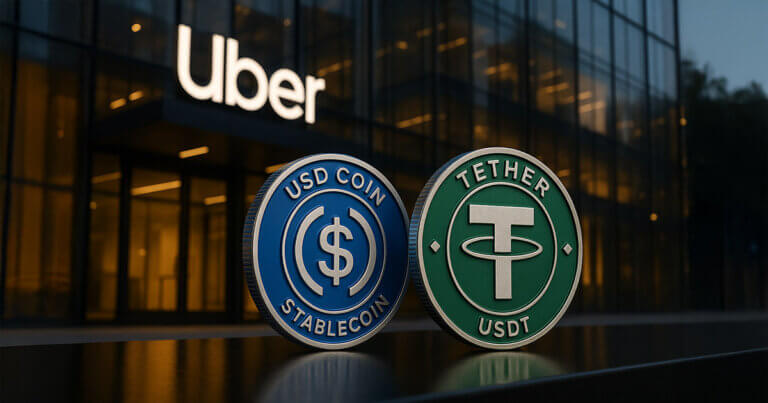The global financial landscape is experiencing a necessary shift through the introduction of Real World Asset (RWA)Tokenization. This shift brought in a new solution where physical assets or belongings can now be converted or pegged to digital assets without losing their value while ensuring real ownership of assets.
By 2025, this blockchain-powered solution is predicted to unlock $18-50 billion in tokenized assets, changing how investors and big institutions invest in physical assets like real estate, gold, bonds, rare art, and many more.
Leading institutions like Blackrock and Goldman Sachs are already investing in this trend, with tokenized U.S treasuries alone surpassing $1 billion in 2024.
This new ideology in the blockchain and Web3 space allows smaller investors to have access to what was originally only meant for ultra-wealthy investors in the space. However, challenges remain due to ever-changing regulatory frameworks, cyber security risks, and also slowed adoption.
In this article, we will look at key trends, market projections, and risks that now define the future of asset ownership.
What is RWA Tokenization
RWA (Real-World Assets) tokenization is a process on the blockchain where physical assets such as traditional currency, gold, bonds, real estate, or even intellectual properties are converted into digital assets.
This process allows investors to easily invest in assets, seamless trading, or own a stake in a business without all the long paperwork.
For instance, 10 million commercial properties can be divided by 10,000 tokens, each worth 1,000, allowing smaller investors to participate.
The fact that RWA’s work on the blockchain networks allows transparency, security, automation through smart contracts and eliminating middlemen like the brokers. Aside from BlackRock and Goldman Sachs, platforms like Zoniqx are ensuring cross-chain interoperability to bridge traditional finance with the decentralized finance system.
Top 5 RWA Tokenization Trends in 2025
The year 2025 has witnessed some development in blockchain, crypto, NFTs, and now RWAs. Here are some trends since the year started:
- Increased Institutional Adoption:
Institutional players like Blackrock, JPMorgan, and Goldman Sachs are accelerating the RWA adoption. For instance, in February 2025, the RWA market doubled with Blackrock’s push. French fintech Spiko also bought institutional-grade money market funds to Arbitrum One to strengthen its RWA ecosystem.
Additionally, over $150 million in assets are currently held by the tokenized US and EU T-Bill funds, which are governed by the EU’s UCITS system. The EU fund has expanded to $95.1M, while the US fund has risen to $50M at an APY of 4.37%.
- Asset-Backed Stablecoins Gain Momentum
Traditional finance and DeFi are being connected via stablecoins that are backed by tangible assets, like real estate or Treasury bonds. For instance, Ondo Finance’s ONDO, supported by the US Treasury, handled more than two billion dollars in 2024.
- Expansion into Emerging Asset Classes
There is no restriction on the kinds of assets that can be tokenized. Its possible uses are almost limitless, ranging from financial instruments to real estate to even carbon credits.
Tokenization of debt is revolutionizing the conventional finance markets. Issuers can streamline trade and provide much-needed liquidity to these historically static assets by portraying bonds or loans as digital tokens. To illustrate how tokenization is modernizing financial instruments, the European Investment Bank released a 100 million euro digital bond on the Ethereum blockchain.
A major change is also starting to occur in the field of money management. Blockchain technology is used by tokenized funds, such Franklin Templeton’s OnChain US Government Money Fund, to handle share ownership and perform transactions.
By the end of 2024, more than $50 billion worth of assets from all asset classes had been tokenized, with $30 billion of that amount coming from real estate, according to Security Token Market.
- DeFi Integration and Cross-Chain Liquidity
By 2024, tokenized RWAs had grown to $7.9 billion in both traditional and DeFi finance. Due to increased demand, experts estimate the sector’s worth might treble this year.
While BlackRock’s BUIDL token is gaining popularity, well-established players like Maker and Tether Gold remain in the lead. There are still issues to be resolved, though, as the market will be significantly shaped by scalability and regulatory clarity.
While BlackRock’s BUIDL token is gaining popularity, well-established players like Maker and Tether Gold remain in the lead. There are still issues to be resolved, though, as the market will be significantly shaped by scalability and regulatory clarity.
Market Outlook for 2025
The RWA tokenization market is set for increased growth in 2025. This growth will likely be influenced by increased adoption, technological innovation and shaped by regulatory compliance. Here is a breakdown:
If you consider commercial adoption, the expansion of digital assets, and the desire for income on-chain, stablecoins and yield coins (treasury-backed tokens) might reach $3 to $5 trillion by 2030, a huge increase from their current $220 billion position.
In addition to being a product-market fit for cryptocurrency users, this RWA use case will serve as a payment rail and settlement solution for capital markets generally. All assets can now move in and out of any tokenized Real World Asset (RWA) or cryptocurrency asset utilizing stablecoins on a new, almost instantaneous financial operating system that uses blockchain technology.
The market for tokenized RWA is expected to reach remarkable numbers in 2025, breaking its previous records, according to Ozean analysis.
The ecosystem’s greatest gain in the past 12 months, 32% annually, was recorded in 2024; nevertheless, new measures are anticipated in 2025.
Globally, regulatory frameworks for tokenized RWAs are progressively emerging. With its clearer RWA regulations, the UAE stands out, and Singapore, Europe, and Hong Kong are attempting to follow suit. Continuous attempts to align disparate legislation could lead to a worldwide framework and facilitate interoperability protocols, which would encourage adoption.
Technical factors also influence regulatory maturity. By its very nature, blockchain is decentralized and permissionless, which is ideal for DeFi players but could be problematic for TradFi players who require some degree of control and assurance of compliance.
Participants in the ecosystem can create permissioned apps in a permissionless setting using Mantra, a layer-1 blockchain designed for RWAs.
Challenges to Watch out for in 2025
- Regulatory Problems: With different frameworks adopted by jurisdictions such as the U.S., EU, and Asia-Pacific, inconsistent global legislation continues to be a significant obstacle. Cross-border adoption is hindered by compliance costs and regulatory complications, which force issuers to manage several standards.
- Security and Custody Risks: Threats including hacking, smart contract flaws, and fraudulent asset tokenization still exist despite blockchain’s built-in security. To preserve confidence, strong custody solutions and AI-powered fraud detection are essential.
- Liquidity Gaps: Investor exit options are limited by the underdeveloped secondary markets for tokenized assets. To improve trade efficiency, platforms should give priority to DeFi connectors and interoperable exchanges.
Conclusion
RWA tokenization is changing how global finance works, bridging traditional finance with blockchain efficiency. By 2025, this sector is projected to surpass 16-50 billion reaching over 30 trillion in 2023.
As DeFi integration continues to increase, and stablecoin becomes a settlement pillar, RWA tokenization will decentralize wealth creation and increase blockchain use in finance.
FAQs: RWA Tokenization Trends and Outlook 2005
1. What is RWA tokenization?
RWA (Real-World Asset) tokenization converts physical or intangible assets—like real estate, bonds, or art—into digital tokens on a blockchain. These tokens enable fractional ownership, 24/7 trading, and automated compliance via smart contracts.
2. What are the benefits of RWA tokenization?
Key benefits include liquidity for illiquid assets, fractional ownership (e.g., $1,000 stakes in luxury properties), reduced costs via automation, and global access to high-value markets.
3. Are there risks to tokenizing RWAs?
Yes. Risks include regulatory fragmentation (e.g., varying EU/U.S. rules), cybersecurity threats, valuation complexities (e.g., art NFTs), and underdeveloped secondary markets.
4. How does blockchain improve RWA markets?
Blockchain ensures transparency (immutable ownership records), automation (smart contracts for dividends/compliance), and liquidity through decentralized exchanges and DeFi integration.
5. Can retail investors access tokenized RWAs?
Absolutely. Platforms like Robinhood and Mantra Chainallow retail investors to buy fractional tokens in assets like SpaceX equity or Dubai properties for as little as $100.
6. Will institutions dominate RWA tokenization?
Yes. TradFi giants like BlackRock and Goldman Sachs are projected to drive >50% of tokenized asset issuance by 2025, focusing on bonds, Treasuries, and private equity.






